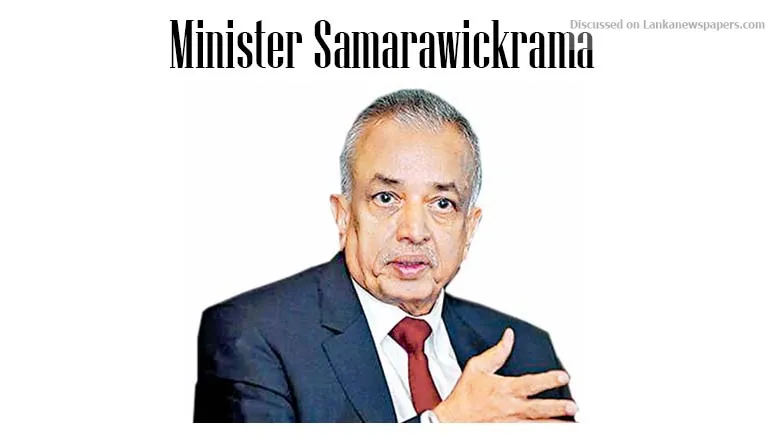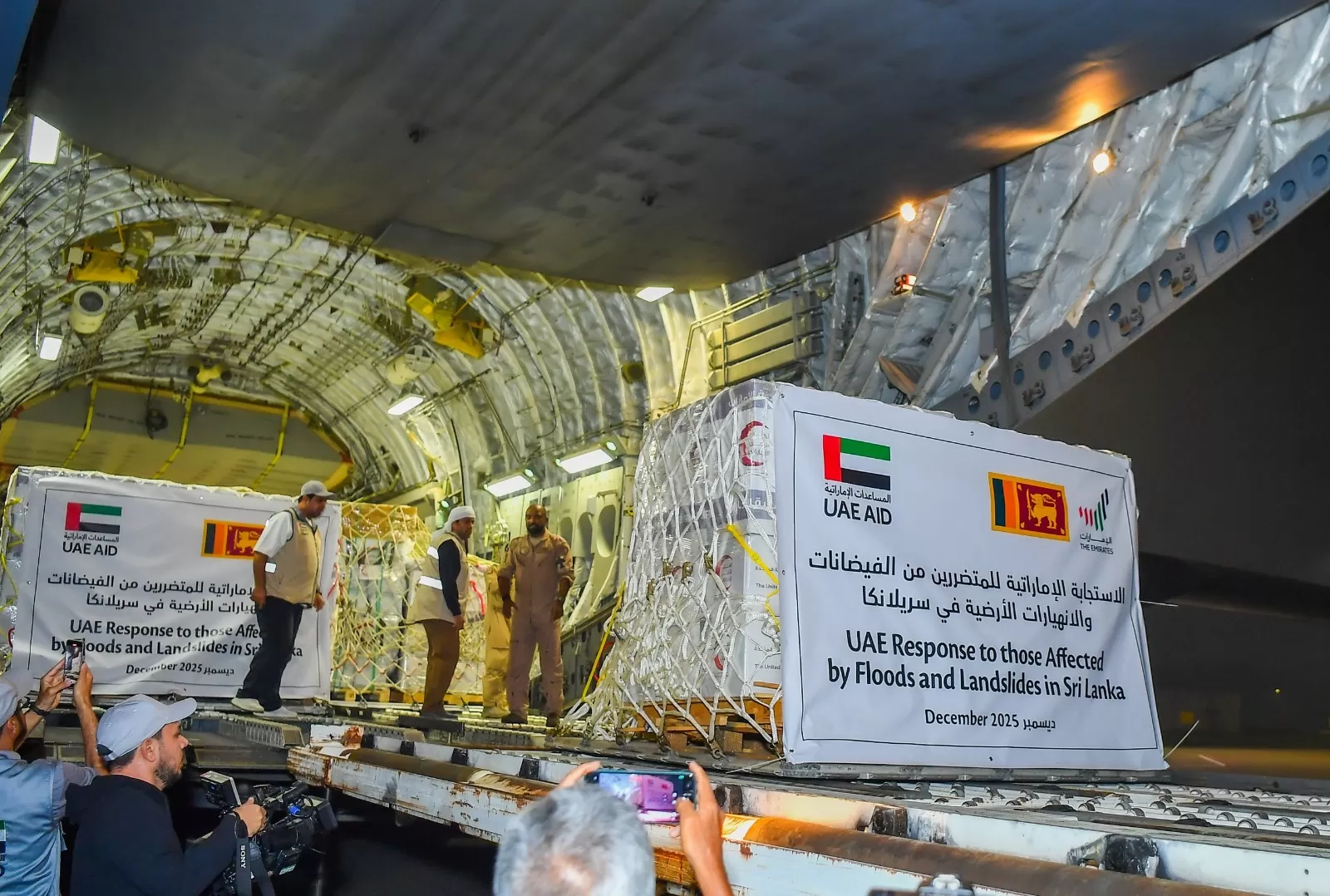
Subsequent to the signing of the Singapore-Sri Lanka Free Trade Agreement (FTA) there is already interest among Singaporean investors to invest in services and manufacturing in Sri Lanka and this FTA can catalyze more, Minister of Development Strategies and International Trade Malik Samarawickrama said. He was speaking at the Outreach Seminar on Tuesday in Singapore. “There is also much potential for diversification of exports through the trade-investment nexus that this agreement encourages, as well as new JV opportunities for Sri Lankan companies.” The investment chapter will give a strong signal to prospective Singaporean investors – it gives protection to investors, predictability and transparency, protection, national treatment and many provisions to attract investors. The Agreement provides a binding commitment and framework which we didn’t have earlier. “We are particularly keen to have Singaporean companies partner with our Sri Lankan companies to create new business ventures.” The signing of the Singapore-Sri Lanka Free Trade Agreement between Singapore and Sri Lanka in January this year has unlocked a new era for both our countries. “The real focus of this FTA is on investment from Singapore in services and manufacturing – potential for diversification of exports through the trade-investment and new JV opportunities for Sri Lankan companies.” The Singapore-Sri Lanka Free Trade Agreement is a landmark Agreement for Sri Lanka. It signals to the world that the country is moving to a new era in international trade and investment and it is the first bilateral Trade Agreement that Sri Lanka has forged in over 10 years. This Agreement is an important part of the new “National Trade Policy” launched last year and is a linchpin in the on-going trade policy reforms. The Singapore-Sri Lanka FTA is part of a broader strategy of looking East to renew our trade relationships. While we focus on growing and sustaining in our traditional markets of the US and Europe, we have begun to diversify our markets towards Asia and focus on plugging in to Asian supply chains. “The key benefit of this FTA is leveraging the trade-investment nexus and plugging into Asian supply chains,” the minister stressed. The agreement provides a binding commitment and framework on bilateral investments, which we did not have earlier and this will encourage investment. The scope of this agreement is very progressive; it is wider than the proposed China and India agreement – goes beyond to cover Telecommunications, Financial Services, E-Commerce and Government Procurement. Singapore has recognized that the e-commerce chapter in this FTA is quite a progressive one. As far as Rules of Origin (ROO) are concerned – no ASEAN cumulation is allowed under this FTA. “Standard ROO agreed is 35% Value Addition and CTH change of tariff heading. Additionally there are Product Specific Rules on 2000 tariff lines and product chemical rules, which are exceptions to the ROO.”




